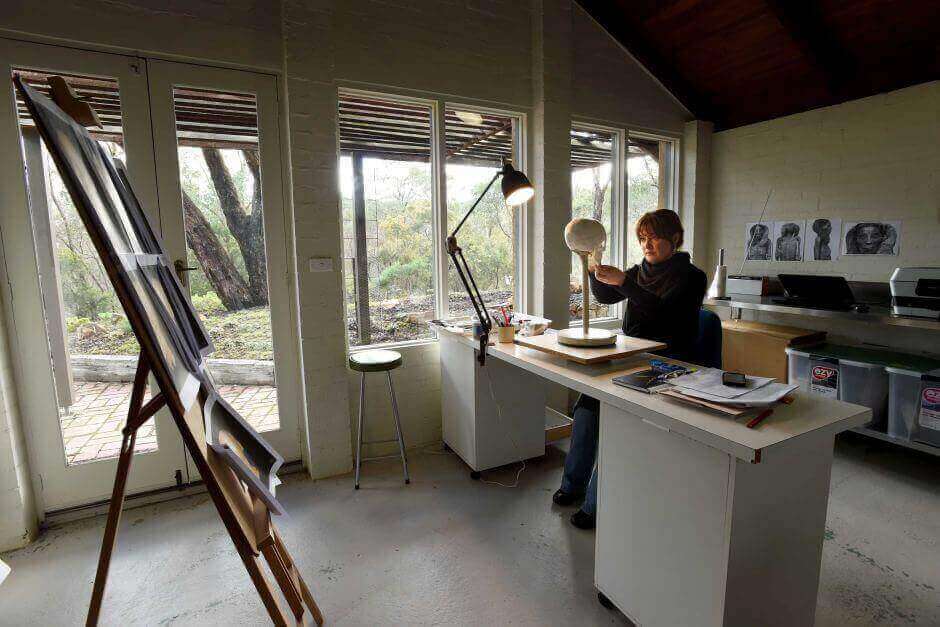3D printed skull used as base for facial reconstruction of a mummified Egyptian woman, Meritamun, who lived between 2000 and 3500 years ago.
Meritamun the mummy is a fine-featured ancient Egyptian face who now looks out from an artist’s studio in the hills of rural Victoria, Australia.
Scientists and researchers from Monash University, the University of Melbourne and the Victorian Institute of Forensic Medicine worked together on reconstructing her features from a head which has been preserved for almost 100 years at the University of Melbourne.
Named Meritamun — which means beloved of the god Amun — the team speculate that the head belonged to an 18 to a 25-year-old woman who lived at least 2000 years ago.
And the project doesn’t end there; the team are now hoping to learn everything from how she died to what she used to eat. This unique research and teaching collaboration is testing the limits of technology to learn all they can about the ancient Egypt.
Check out the time lapse video of the team’s reconstruction from 3D printed skull to the finished model.
How was Meritamun Reconstructed?
The first step was to CT scan the head. Then, Forensic Egyptologist Janet Davey had to identify the gender and age of Meritamun.
At the same time, Gavan Mitchell, an imaging technician at the Department of Anatomy and Neuroscience, was tweaking and designing the 3D printed skull to be used as the base.
This print took 140 hours of printing time on a consumer-level desktop 3D printer. The skull produced was then used to reconstruct Meritamun’s face.
Mitchell had the hard task of making sure the print was as detailed as possible from bottom to top. To do this, he printed the skill in two sections to capture the detail on the jaw and base of the skull.
Finally, the skull was handed over to Jennifer Mann, a forensic sculptor, to bring Meritamun to life in her studio.
“The idea of the project is to take this relic and, in a sense, bring her back to life by using all the new technology,” says Dr Varsha Pilbrow, a biological anthropologist who teaches anatomy at the University of Melbourne’s Department of Anatomy and Neuroscience.
The results of the model are impressive, and will be used to teach students how whole population groups can be affected by the environments in which they live.
Source: University of Melbourne

License: The text of "Meritamun: Ancient Egyptian Reborn with 3D Printing" by All3DP is licensed under a Creative Commons Attribution 4.0 International License.